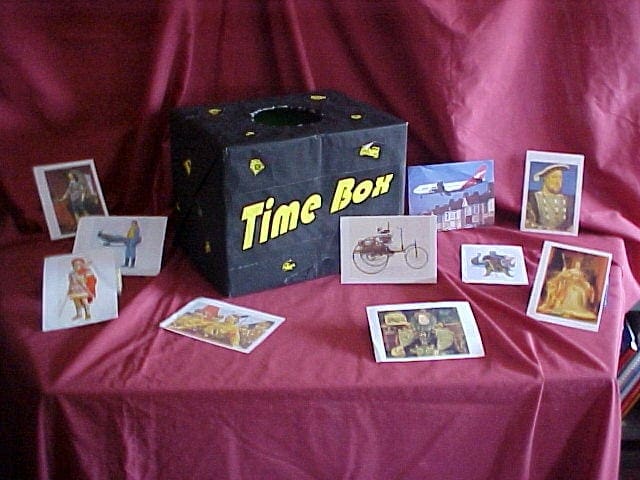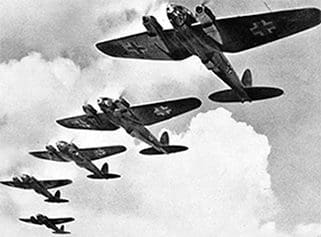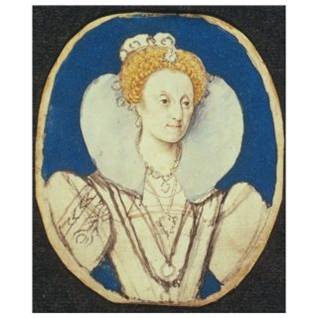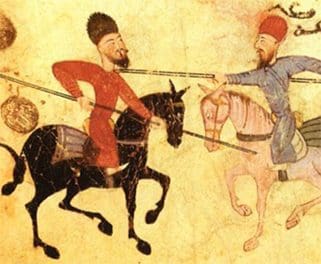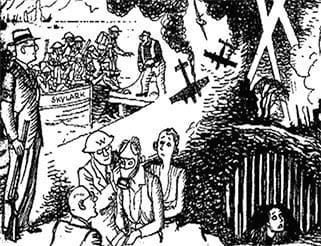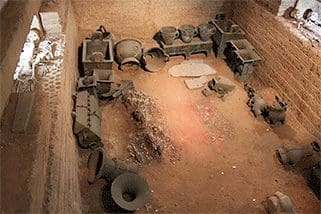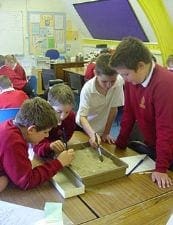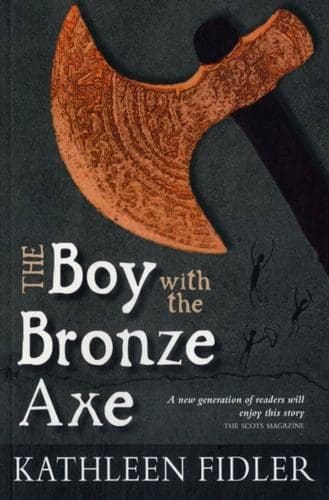
Using Boy with the Bronze Axe by Kathleen Fidler to help you teach Stone Age to Bronze Age and Skara Brae to KS2
Although this book is now nearly 50 years old it still tells a great story and is a great way into looking at Skara Brae.
Help your children step back into the Stone Age and learn about the daily life and rituals of the ancient village of Skara Brae in this compelling, fictional account of the famous Orkney settlement. Vivid descriptions and accurate historical details bring the village to life and make this an ideal choice for teaching the Stone Age in the KS2 history curriculum.
Two of the central characters, sister and brother, Kali and Brockan, live in the village at Skara Brae. When the story begins they are using their stone axes to chip limpets off the rocks, but they find themselves trapped by the tide. They are rescued by a complete stranger, a boy called Tenko who comes from a land far away to the south. Tenko possesses a bronze axe and bronze is something the villagers of Skara Brae know nothing about – Tenko’s bronze axe is sharper, more effective, more magical than anything the local people possess.
One of the set-pieces in the story is a great ceremony at the Ring of Brodgar which makes full use not only of the landscape near Skara Brae but also of some of the finds at the site – the mysteriously carved stone balls and the pigments of colour in pottery vessels.
The story ends with a storm which covers Skara Brae and puts an end to the settlement there – there’s a lovely touch where Kali loses her necklace containing exactly the kinds of beads and teeth that archaeologists found when they excavated the site.
The highly talented Ian Dawson has very helpfully put together not only the plot summary above but also a list of passages from the book which give pupils a great sense of period. These are listed below:
A. Kali sat up in her stone bed filled with heather … Her mother still slept in the stone bed-place on the other side of the hearth.
B. The two children tip-toed to the narrow entrance (of their hut) and Kali stooped under the stone doorway to the passage beyond. Quietly they crept along the passage which … led upwards and outwards to the daylight. They stood on the sand-dune that lay about their house, almost level with the beehive-like roofs of the stone village.
C. Tenko looked about him. Bone rafters made the roof, and turfs had been laid upon them to thatch them, but a large hole had been left above the hearth for a chimney. At one side of the hut was a stone dresser built of flat slabs resting on pillars of stone.
D. Kali emptied the limpets and shellfish on to a stone slab and began to scrape the limpets out of their shells into a shallow bowl. She used a tiny flint scraper as a knife. Stempsi (her mother) took the crabs and eel and wrapped them up in a covering of wet clay which she thrust into the glowing heart of the fire, prodding it into place with the long leg-bone of an ox which she used like a poker.
E. Birno lifted a stone axe from the keeping-place hollowed out of the wall beyond his bed. His stone axe was wedged into a piece of deer antler. Lines were chiselled on the stone in a pleasing pattern of squares and diagonals over the centre of the axe-head.
F. The women prepared new tunics of the softest sheepskin. With flint scrapers they scraped away the wool and washed the skins in the stream … They kneaded and pounded them on the stones till the skins were soft and supple. Then they shaped them into tunics, sewing up the sides with sinews from the sheep. Kali joined the women … She had begged two soft lambskins … Kali sewed them into a tunic … She tacked a deep pocket on the inside of the tunic and fastened it with whalebone pins.
G. He pulled out a necklace. It was made of the teeth of many animals, beautifully polished and shining white. They were graded from the very small teeth of rabbits and lambs to the larger teeth of sheep and cows. There were nearly a hundred of these ivory beads and from the centre hung two of the great teeth of the killer-whale.
H. In preparation for the longest day of the year the tribe of Skara had many things to do. The previous day they cast off their old tunics and rushed into the sea. They rubbed their bodies with white sand till the skin was reddened. This was the ceremony of cleansing.
Next came the ceremony of painting. The women had prepared pigments in little basins made from whale bones. There was a yellow paint made from a clay ochre, a red paint made by crushing pieces of rusty-looking stone, and blue paint from a flax plant.
Birno came to the meeting place carrying six beautifully carved stone balls. These were the symbols of the Sun belonging to the tribe of Skara … Two of them had been carved by Birno himself. Birno looked with pride at the last stone ball he had carved. The carving on it was so deep that the pattern stood out in spikes like a hedgehog. It had taken Birno a whole year to carve … The spikes represented the rays of the sun.
There were two ways across the moat (into the ring) … Birno halted and lined up his people. Only the men would cross into the sacred ring … Birno … gave the word, “Lift up your symbols of the Sun.” The six leaders held the carved stone balls high in their hands … The company advanced across the earthen bridge with the signs of the Sun held aloft … Three times the tribes of Orkney marched round the Ring of Brodgar and each time the men passed the highest stone of all, they lifted the signs of the Sun which they carried and shouted loudly.

